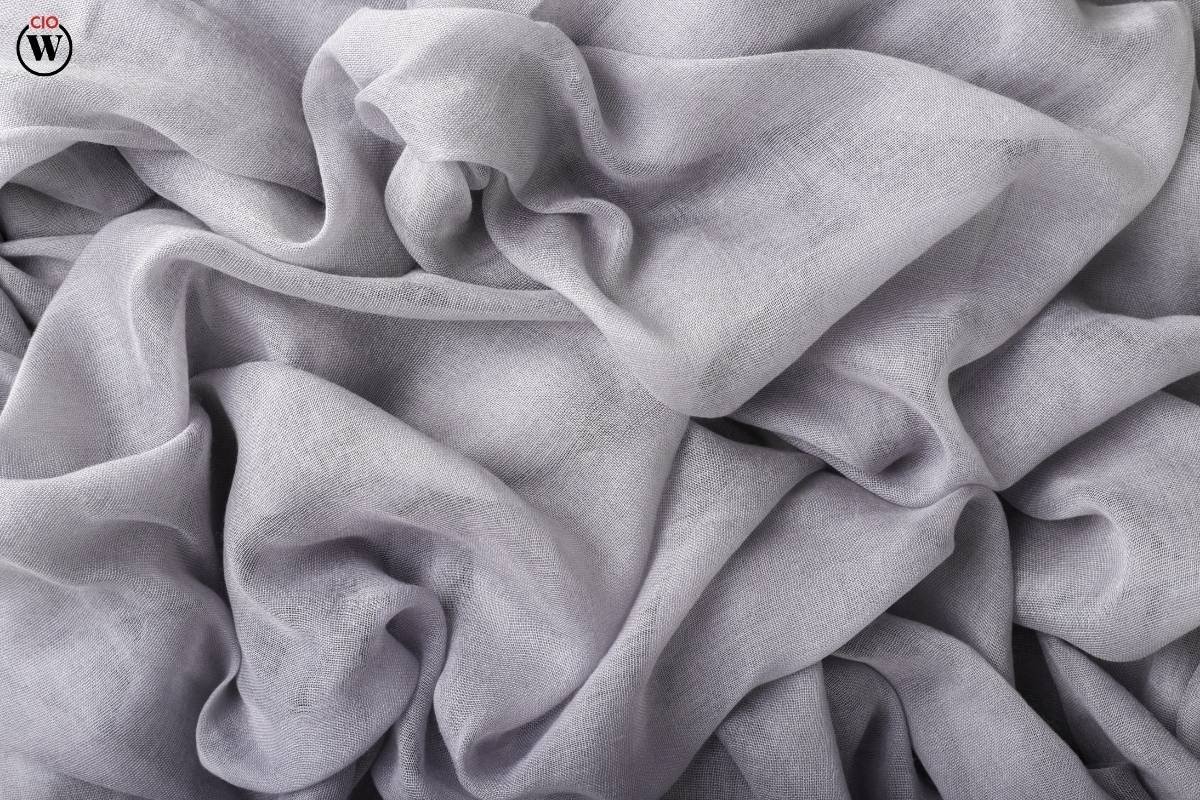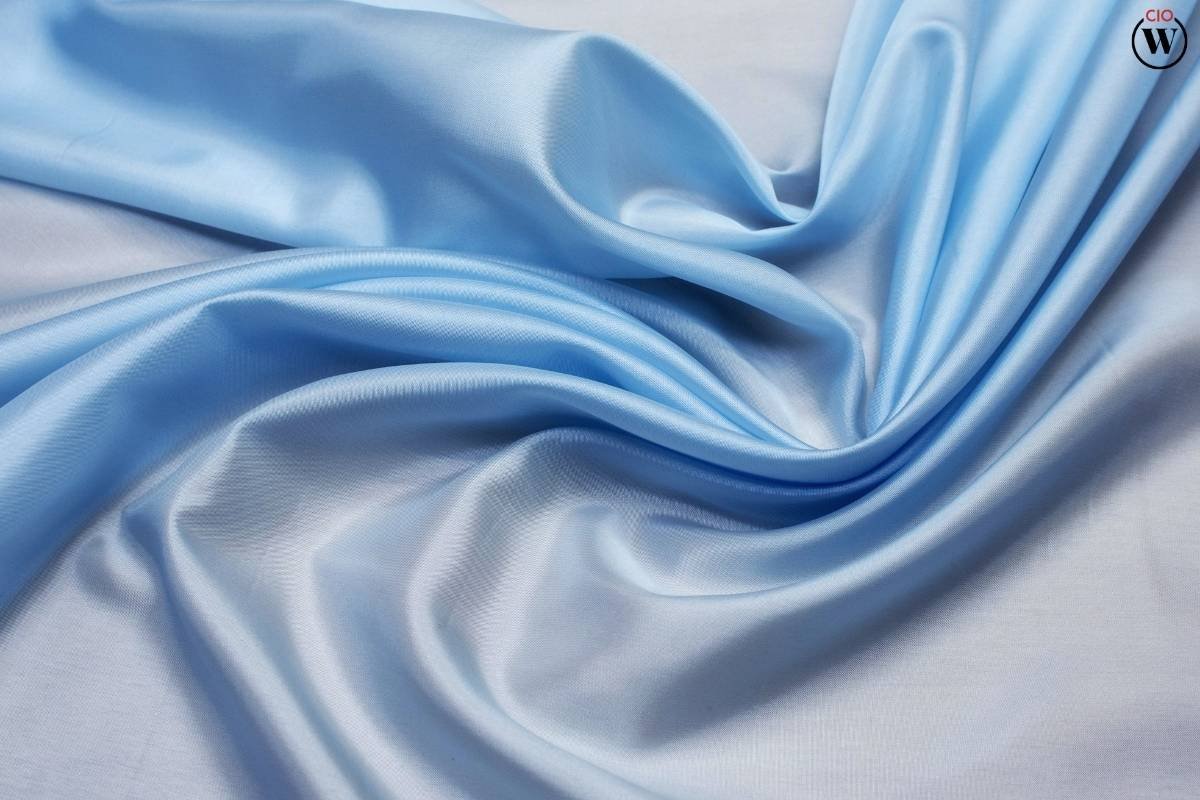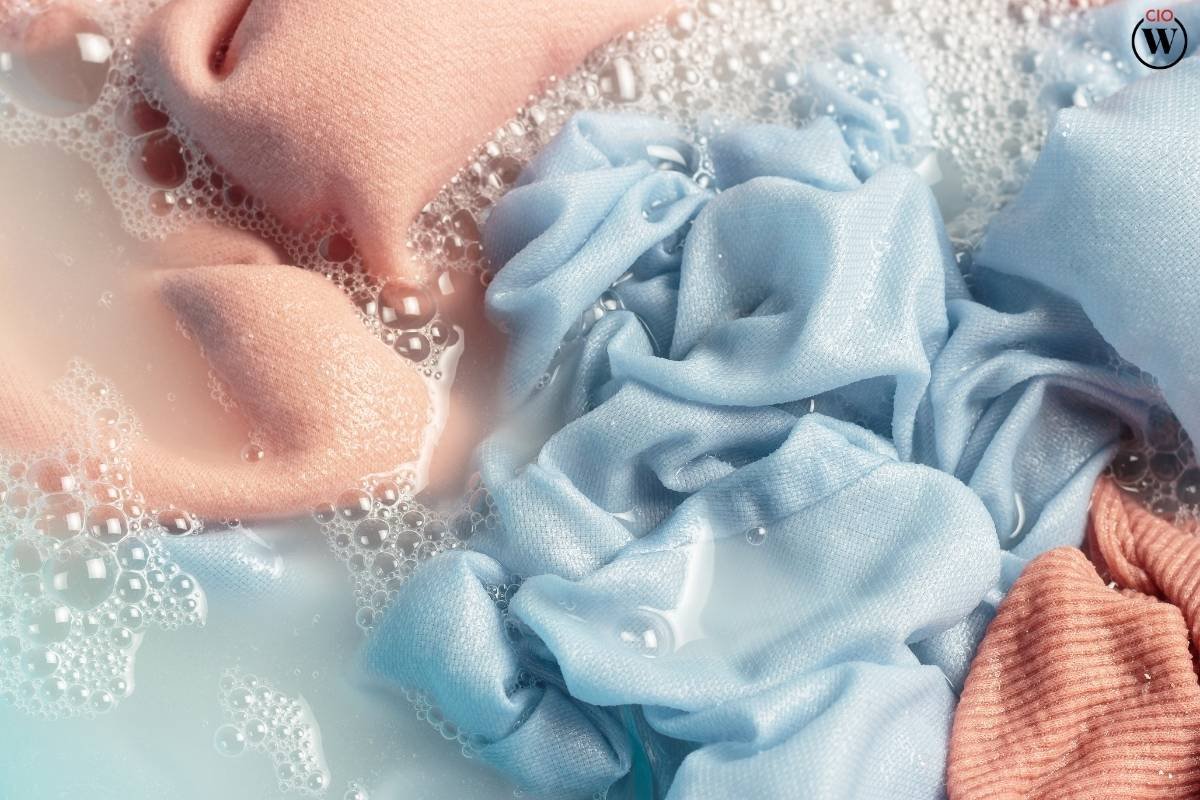Fabric types and care are essential aspects of maintaining the longevity and quality of your clothing and household textiles. Understanding the various fabrics available and how to properly care for them can help you make informed decisions when purchasing items and ensure they last for years to come. In this guide, we’ll explore different fabric types and care to keep your textiles looking and feeling their best.
Understanding Fabric Types
1. Cotton:

Cotton is a natural fiber known for its softness, breathability, and versatility. It’s commonly used in clothing, bedding, and towels. However, cotton can shrink when exposed to high heat, so it’s best to wash it in cold water and tumble dry on low heat or air dry to maintain its shape and size.
2. Polyester:
Polyester is a synthetic fabric known for its durability and wrinkle resistance. It’s often blended with other fibers to add strength and stretch. Polyester garments can typically be machine-washed and dried, making them easy to care for. However, avoid high heat when ironing polyester, as it can melt or become shiny.
3. Silk:
Silk is a luxurious natural fiber produced by silkworms. It’s prized for its softness, sheen, and drape. Silk garments should be hand washed or dry cleaned to avoid damage, as silk is delicate and can be easily damaged by heat or agitation.
4. Wool:
Wool is a natural fiber derived from sheep’s fleece. It’s known for its warmth, moisture-wicking properties, and ability to retain its shape. Wool garments should be hand-washed or dry-cleaned to avoid shrinking or felting. Avoid hanging wool items to dry, as they can stretch out of shape.
5. Linen:
Linen is a natural fiber made from the flax plant. It’s valued for its crispness, breathability, and natural luster. Linen garments should be machine washed in cold water and air dried to prevent shrinking and maintain their texture.
6. Rayon:

Rayon is a semi-synthetic fabric made from natural cellulose fibers. It’s known for its softness, draping qualities, and affordability. Rayon garments should be hand-washed or machine-washed on a gentle cycle and air-dried to avoid shrinking or stretching.
7. Nylon:
Nylon is a synthetic fabric known for its strength, durability, and water resistance. It’s often used in activewear and outdoor gear. Nylon garments can typically be machine washed and dried, but avoid high heat to prevent melting or damage to the fabric.
8. Velvet:
Velvet is a luxurious fabric with a soft, plush texture and a rich appearance. It’s often used in eveningwear, upholstery, and decorative accents. Velvet garments should be dry cleaned to maintain their texture and sheen, as washing can crush the pile and affect the fabric’s appearance.
9. Denim:
Denim is a sturdy cotton twill fabric known for its durability and versatility. It’s commonly used in jeans, jackets, and casual apparel. Denim garments can typically be machine washed and dried, but turn them inside out to preserve color and prevent abrasion.
This was the list of types in our pursuit of fabric types and care. Now, let’s get into fabric care.
Best Practices for Fabric Care:
1. Read the care label:
Always check the care label on your garments and textiles for specific washing and drying instructions. Follow these instructions carefully to avoid damaging the fabric.
2. Sort by fabric type:
When you talk about fabric types and care, sorting your clothes by fabric type becomes very important. Sort your laundry into piles based on fabric type and color before washing. Washing similar fabrics together can help prevent color bleeding and damage to delicate fabrics.
3. Use the right detergent:
Choose a detergent formulated for the specific fabric you’re washing. For example, use a gentle detergent for silk and wool and a heavy-duty detergent for heavily soiled items like workwear or towels.
4. Wash in cold water:

Cold water is gentler on fabrics and helps prevent shrinking and fading. Use cold water for most laundry loads, especially for delicate or brightly colored items.
5. Avoid overloading the machine:
Overloading the washing machine can prevent clothes from getting clean and cause excessive wear and tear on fabrics. Follow the manufacturer’s recommendations for load size to ensure proper cleaning and care.
6. Air dry when possible:
Air drying is gentler on fabrics than machine drying and helps prevent shrinking and damage from high heat. Hang garments to dry or lay them flat on a clean towel to maintain their shape and texture.
7. Store properly:
Store clean, dry garments in a cool, dry place away from direct sunlight to prevent fading, mildew, and damage from pests. Use breathable garment bags or storage bins to protect delicate fabrics like silk and wool.
8. Treat stains promptly:
Deal with stains as soon as possible to prevent them from settling into the fabric. Use a stain remover or gentle detergent to spot and treat stains before washing, and avoid rubbing or scrubbing vigorously, which can damage the fabric fibers.
9. Use fabric softener sparingly:
While fabric softener can help make clothes feel softer and reduce static cling, using it too frequently can leave residue on fabrics and affect their absorbency. Use fabric softener sparingly or opt for dryer balls to naturally soften fabrics without chemicals. This is an important consideration in different fabric types and care.
Conclusion
Fabric types and care are essential considerations for maintaining the quality and longevity of your clothing and household textiles. By understanding the characteristics of different fabrics and following best practices for care, you can ensure that your textiles remain looking and feeling their best for years to come. Whether you’re washing your favorite silk blouse or caring for your cozy wool blanket, proper fabric care techniques can help you preserve the beauty and integrity of your textiles for generations to come.
Also read: 15 Genius Closet Organization Hacks To Transform Your Space









